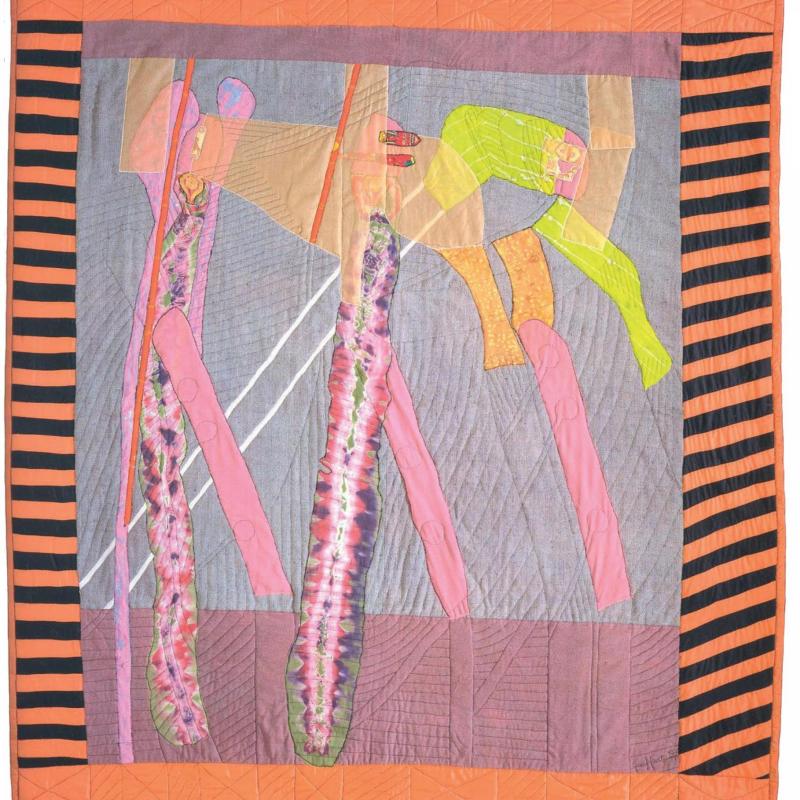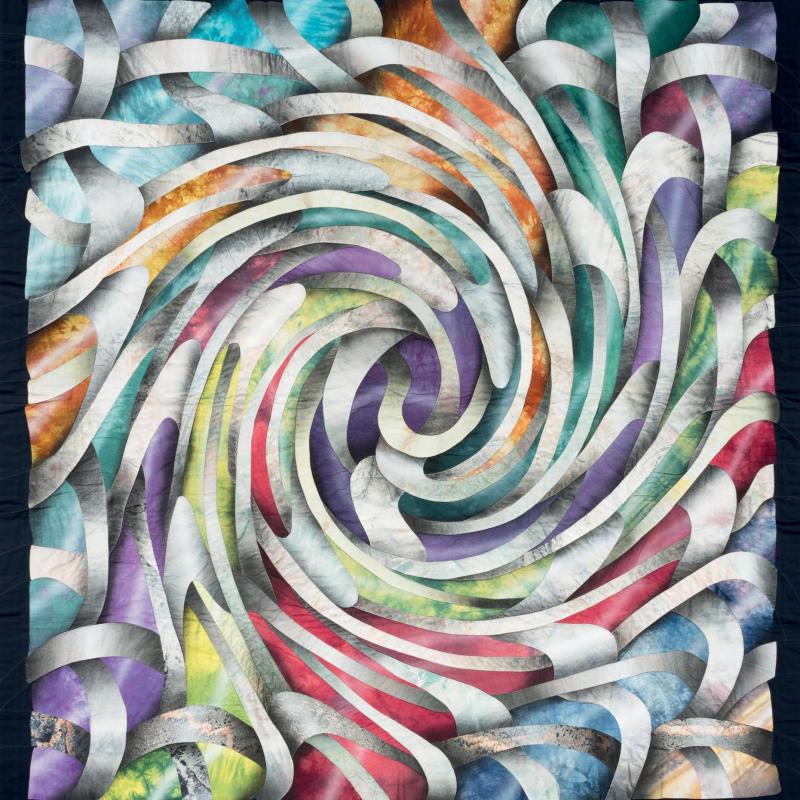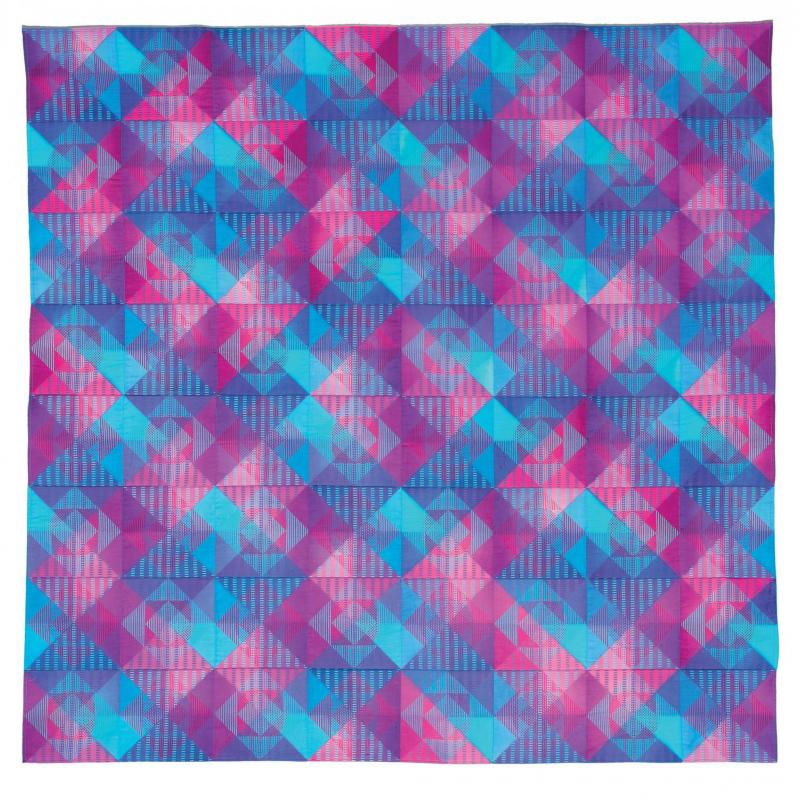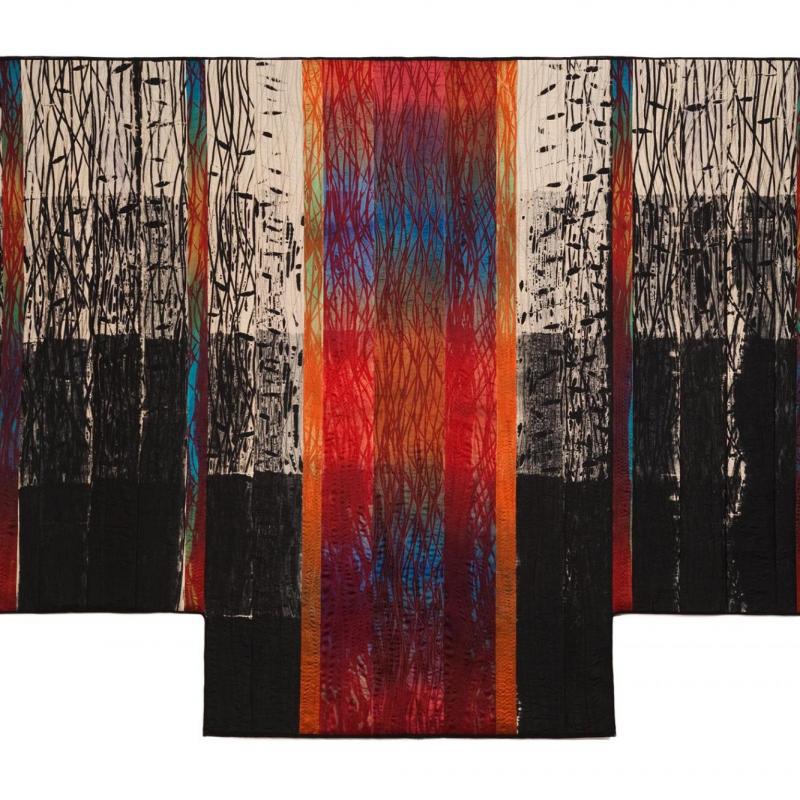A THESIS Presented to the Faculty of The Graduate College at the University of Nebraska In Partial Fulfillment of Requirements For the Degree of Master of Arts, Major: Textiles, Clothing & Design, Under the Supervision of Professor Michael F. James. Lincoln, Nebraska: April 2011
Copyright 2011 Nancy Curry Bavor
This paper examines the lives of nine female artists who were making quilts in California between 1966 and 1986, the twentieth century culture that inspired them to become quilt artists, and the work they created. Based on artist interviews conducted by the author in late 2009, the narratives provide insight into the birth of new art and quilt movements and a glimpse of the pioneers who charted the new territory.
The decades leading up to the emergence of art quilts in the 1960s portray a complex picture involving the intersection of art, craft, universities and the traditional American quilt. Three national cultural developments resulted in the reevaluation of quilts as a suitable art medium and increased artists’ awareness of quilts: the art museum’s legitimization of the quilt as art, the junction of art and craft at the university level, and social, political and fashion trends that brought quilts to national prominence.
Compelling personal motivations also played a significant role in an individual’s choice to combine art practice with quilt making. Examples of the artists’ work reflect the dual heritage of quilt history and art history, one that blends quilt making techniques and implicit historic cultural associations with principles of contemporary art.









